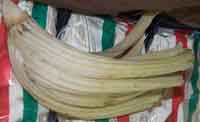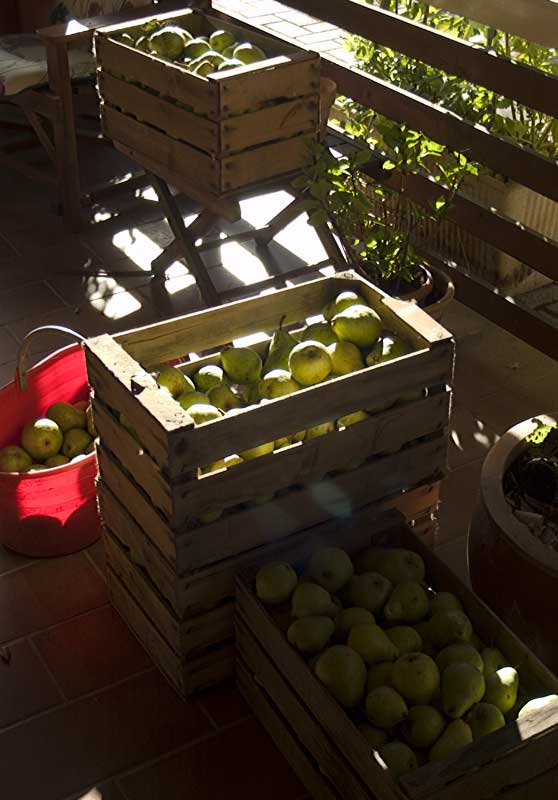Introduction to the great food of Piedmont
Piedmont cuisine reflects the changing seasons, especially as regards vegetables, fruit and truffles (from mid September to the end of December). The valleys along the Tanaro, Belbo, and Bormida riverbeds are a fertile home to many delightful vegetable gardens. There are fruit orchards everywhere and you can see them dotted on the hillsides often surrounding wonderfully cultivated vineyards. There are also the rice fields of the
In the autumn there are many special vegetables from the Astesana valleys. A good example is the Nizza and Incisa Scapaccino 'cardo gobbo', white and crunchy, sweet and very delicate. This interesting vegetable is obtained from a special procedure involving burial of the plant under sand. Settembrina is the "round, gentle hazel nut of the Langhe". One of the most sought after Piedmontese autumn products are the white Alba truffles, a fungi that grows underground and is renowned for its unique flavour and aroma. Finally there are artisan products available all year round, such as the typical cold meats and Robiola di Roccaverano, the only DOP Italian goat cheese, as well as the many dry products in the small cake shops (including nutty torrone, 'amaretti' and 'paste di meliga'), large bread loaves ('grissia') and crisp grissini made by hand and mixed with water only. You need to go to night school to understand the amazing different varieties of bread and pasta available in Piedmontese bakeries, most of which are prepared daily.
There is also traditional stock-rearing of prized Piedmont breed cattle. This is done on small family farms that produce exceptional meat. Indeed almost all local agricultural concerns are directly managed by the owner families who take a very personal pride in the quality of products.
Menus [when available] are normally divided into different sections under the headings: Antipasti; Prima Piatti; Contorni; Secondi Piatti; and Dolci. Roughly translated this corresponds to Starters, First Course, Side dishes/Vegetables, Second Course and Dessert.
There is a vast range of typical dishes:
Antipasti can include just about anything including raw cured meat beaten with a knife or thinly sliced, small and varied fries (potatoes, onions, green herbs), anchovies, salami, bagna caòda, vitello tonnato [veal with tuna fish sauce], cod and potatoes;
Prima Piatti which is normally either pasta, soup or rice. The main dishes include: agnolotti, delicate pasta parcels made in various ways with a meat or vegetable filling and grated cheese. Then there is potato gnocchi, tagliolini and various risottos. Bean [fagioli] soup, chickpea soup, lasagne and rice are also common first courses:
Secondi which is normally meat, fish or seasonal vegetables. Second courses include: various veal, beef, pork, chicken and rabbit roasts with various garnishes, wild boar, various lamb dishes, cod, green vegetable rolls, batsuà (pigs' trotters), fungi [mushrooms], san crau (pig ribs and cabbage), and fried egg with truffles.
Dolci which is the dessert typically can include: zabaione with wine, bunet, panna cotta, various cakes including the traditional ‘torte nocciola’ [hazel nut cake] and amaretti. Also worth trying are the many numerous chocolate desserts often which appear in combination with hazel nuts and the many delicious heavenly flavored ice creams [gelato].
Preserves Got more fruit that you can eat fresh? Perhaps a bumper crop of tomatoes or other summer vegtable - check out our pages on preserves.
“



